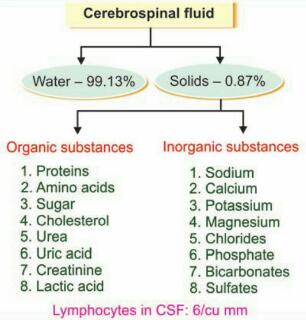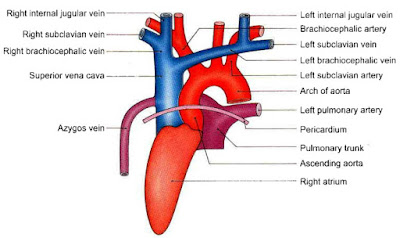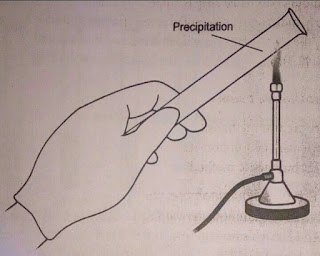Colour blindness
Colour blindness It is a condition in which a person is unable to identify one or more colours. Incidence Male : it present about in 8% male. Female : it present about 0.4% female. Causes Injury to retina. Disease of retina. Inherited disease Types Monochromatism Dichromatism Trichromatism Monochromatism It is a rare condition in which a person is unable to identity any colour vision is similar to black and white photograph and everything looks grey. Types Rod monochromatism Cone menochromatism Dichromatism In this condition person can identify only two basic colours. Types Protanopia / Primary dichromatism - Unable to identify red colour. Deuteranopia / Secondary dichromatism - Unable to identify green colour. Tritanopia / Tertiary diachromatism - Unable to identify blue colour. Trichromatism In this condition person can identify all three in colours but the intensity of one of primary colour can not identify properly. Types Pr







